As Guyana heads into inevitable elections and a possible and uncertain future where Oil may play a large role (larger than necessary), some photographers, including Nikhil Ramkarran, Dwayne Hackett and Darrell Carpenay, have been saying both privately and publicly that Georgetown (and the coastal areas) will undergo certain changes; they see it as a time to capture life as we see it before that change is in our past.
“Photographers deal in things which are continually vanishing and when they have vanished there is no contrivance on earth which can make them come back again.” – Henri Cartier-Bresson
Henri Cartier-Bresson is widely considered to be the Father of Street Photography, a genre of photography that both entices and scares many of us photographers. He was primarily a Humanist Photographer (a genre that was essentially social documentary of perceived social changes of the time). He excelled at candid photography, which he carried outdoors into the streets, it was this movement that seems to have engendered the now accepted photography genre of Street Photography. Other than being seen as the pioneer of the genre, he is also known for something that is a hallmark of his images as well as many other street photographers through the years, he called it the “decisive moment”; it is probably best described as follows:
This moment occurs when the visual and psychological elements of people in a real life scene spontaneously and briefly come together in perfect resonance to express the essence of that situation.
John Suler’s Photographic Psychology: Image and Psyche
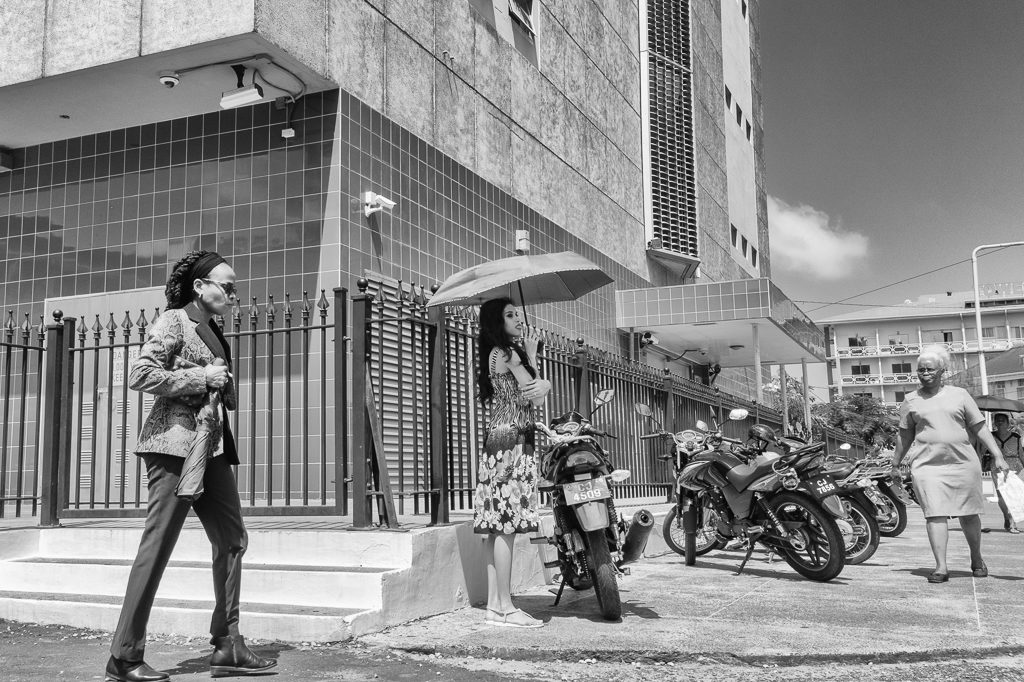
Contrary to what many of us interpret Street Photography as, the resulting photographs do NOT need to include a street or even an urban environment, the customary or accepted norm is that the image should show scenes in public places, scenes that are unplanned, uninfluenced and unmediated, scenes that are chance happenings and often random coincidences.
Much of what we take would be considered Candid Photography rather than Street Photography, and that is fine, at the end of the day it will be a record of our time. For us, what we take and aim to take will cover Candid, Humanist, Street, Social Documentary, and maybe even Photojournalism
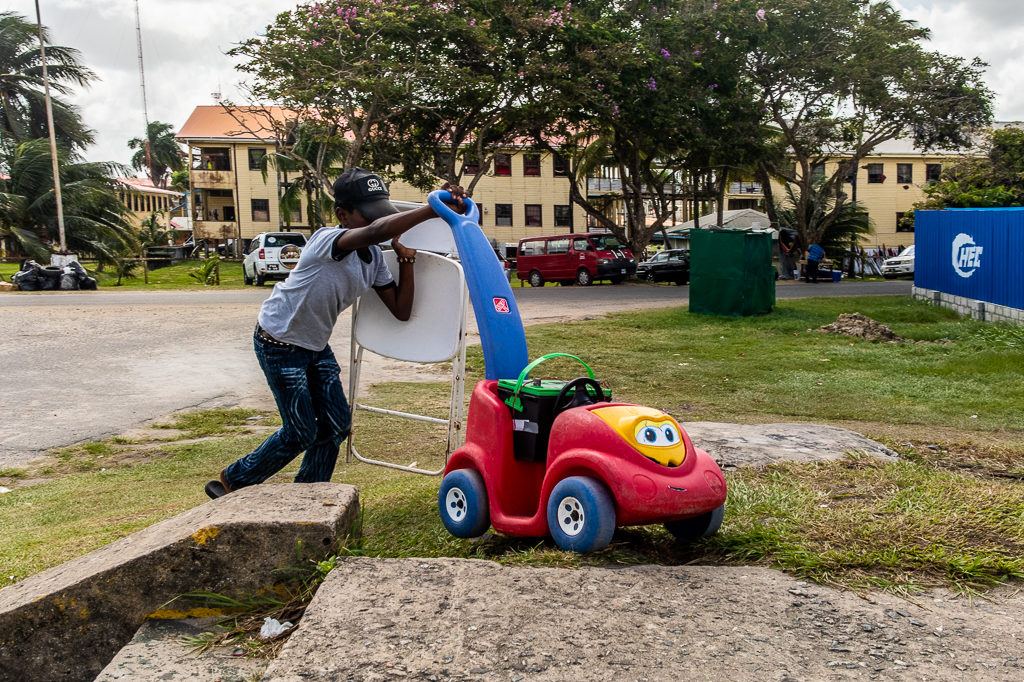
I think pretty much all of mine are considered candid, but I still enjoy trying. As we encourage you all to get out there and record today’s “streets”, we’d like to leave a few tips which we can discuss at length at another time:
Switch Lenses
Here’s what I mean, if you normally shoot with a longer zoom, go for a wider angle lens, you’ll get some interesting compositions, and vice versa, if you like wider lenses, go for a zoom, if you can use a prime lens, changing your lens will force you to change how you see and compose.
My main advice on camera/lens, especially here, is to go small though, a smaller camera is less imposing and less likely to draw attention and the ire of people, but don’t let that stop you from trying various lenses and cameras.
Always remember to pay attention to your composition as the subject is very important in Street Photography.
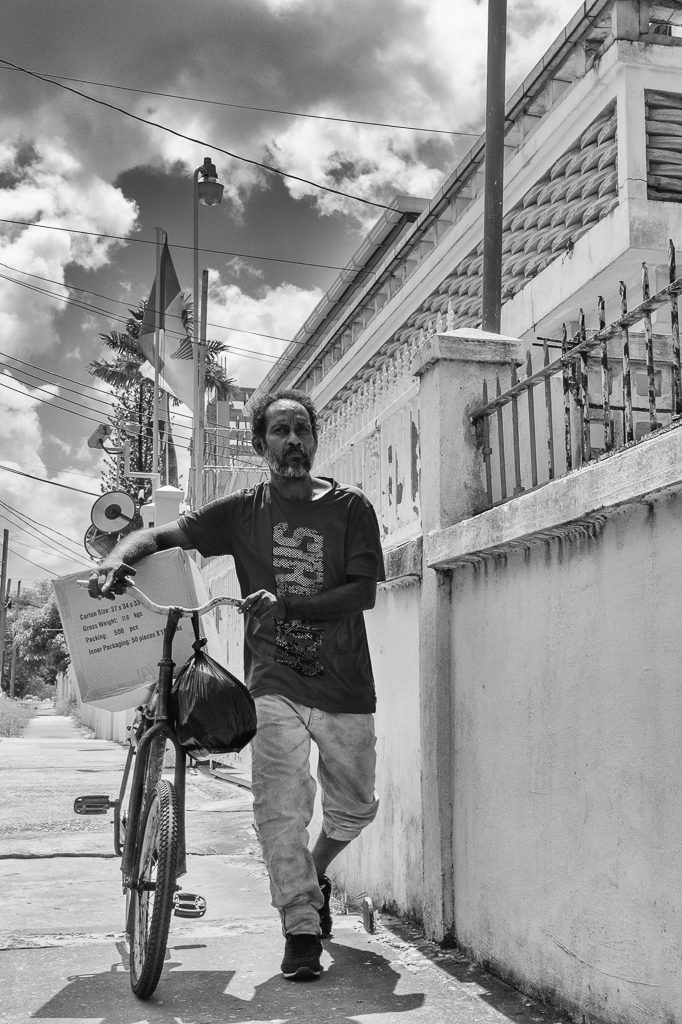
Camera at the ready
When it comes to street photography, there’s a basic rule that cannot be overlooked, ALWAYS, and I do mean ALWAYS, have a camera on hand, I suppose in today’s world its easier, to have some device at the ready, even if its just your phone. There will always be opportunities for shots once you’re on the look-out, whether its at your favourite watering hole, the lunch-counter, a work-shop you’re passing, something on your commute, or any of the hundreds of public places you’re likely to be in a given week.
Some of us have come to terms with living with that missed shot, but trust me, there are times when it was so “perfect” that we’ll be kicking ourselves for a long time for not having a camera on hand to get it, or at least have attempted to got it.
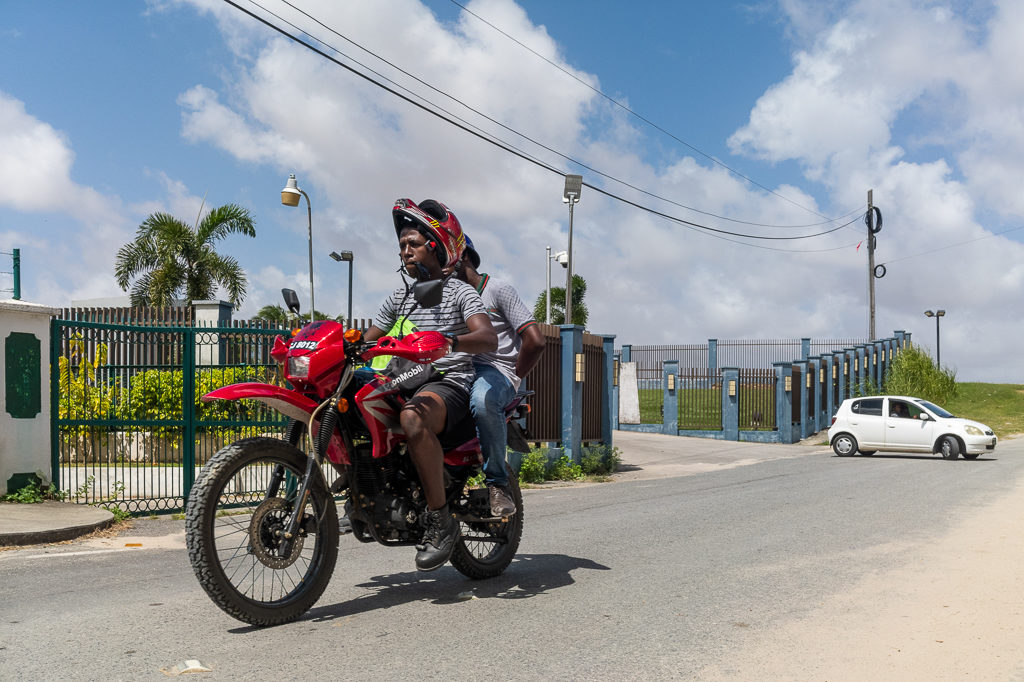
Confidence and a Smile
When I first attempted taking photos outdoors with people around, I was very aware that I was doing something unusual (for Guyana anyway), unless you’re a reporter or a tourist, you’re a strange sight, some random person with a camera in hand taking photos. I was very worried that people would think I’m strange (ok, I am, but that’s beside the point), they might think I’m a creep, they’ll be asking themselves, and maybe me, why I’m taking photos of things that may not be perceived as pretty or interesting to the average person.
Here’s the thing, you can’t think like that, it will show in your images, and while that may be good for social documentary or photojournalism, it is not good for you in the long-term. It takes time, but remember that what you are doing is different, but carry yourself with the assurance that its “normal” for you as a photographer, you’re doing what you do best, taking photos.
You’re in a public place and you are allowed to take photographs, so you’re not breaking a rule by taking photographs, you’re breaking the norm. When someone looks at you, simply smile, a genuine smile can easily disarm someone, and break then tension.
Ask first
Although most street photography is candid, there are instances when asking permission to take the photo of the particular individual will lend a different aspect to it, this is especially true for vendors on the street, or people who are working at a particular task.
Be courteous and conversational, and most people would respond in a positive manner, this way you can get situational portraits, and often a genuine smile in return from them that you can capture.
Respect and the power of your choices
Just as you would want your own privacy respected, and your personal space respected, remember that your subjects are human beings, regardless of their station in life. Should someone ask for their photo not be taken, respect that, with a smile 🙂
On an impromptu photowalk once, Fidal and I were walking ahead along the seawall, two men sitting against some sheds saw our cameras and quickly shouted “Don’t tek we pitcha!” – to which we both said OK. Some distance behind us were Tj, Savita and Roshini (three young ladies), and the men instead asked to have their photos taken. Such is the environment, accept and move on 🙂
When it comes to homeless people, its a tough decision sometimes. If the point of taking the photo is part of social commentary and you’re highlight their plight, raise awareness of their situation, then that’s one thing, but if you’re taking the photo for the sake of taking the photo, you have to ask yourself if what you are doing can be considered exploitative, are yuo taking advantage of their situation for your own benefit? The only person who can make the decision is you, be conscientious , and decide for yourself.
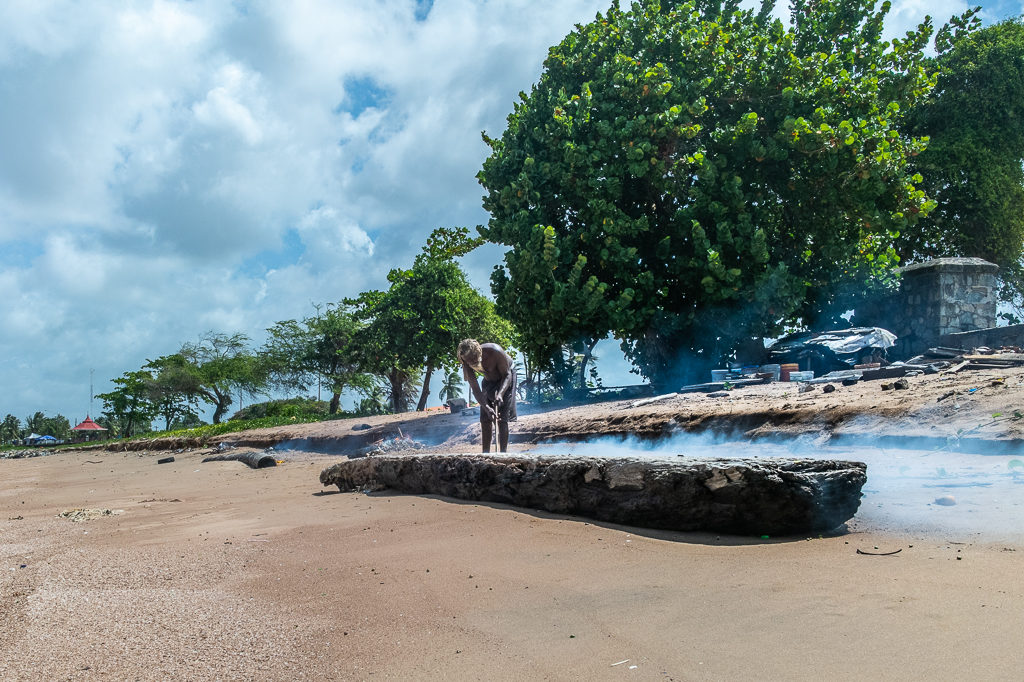
Be a Visual Storyteller
As with any artform, there is always a story being told and a story being read, remember that how you compose, your timing, whether you use colour or black and white, the angle you shoot from, every little aspect of the process of taking the photograph, up to the point of processing plays a part in telling the story.
While out there, keep these things in mind, keep in mind what it is you’re trying to capture, and how you intend to convey it to viewers. Within a single frame you can capture and convey not just objects, but emotions too.
Buddy System
In the Guyana Photographers’ group, we’ve done photowalks through busy areas, with lots of street photography coming out of them, but a large group is not always practical nor is it always desirable. When it is practical, its good to have lots of people around, but often its better to have small groups walking.
Nikhil and I have used the buddy system for years, we watch each other’s backs, often times one of us (usually him) would want to take photos from a spot that may not be ideal for one’s health… like the middle of the street, having someone lookout for you is a good idea.
We’ve also walked in groups from 3 – 10 people, there is safety in numbers, and even is such a group, there are opportunities to split up, but always keep one or more people with you if possible.
After all of this, the only thing to advise you on at this point is to just get out there and shoot, have fun, take lots of photos, be careful, be photographers! Today is tomorrow’s yesterday, our present will be the future’s past, let’s create a collective narrative, a historical record of what we see as photographers in today’s Guyana.
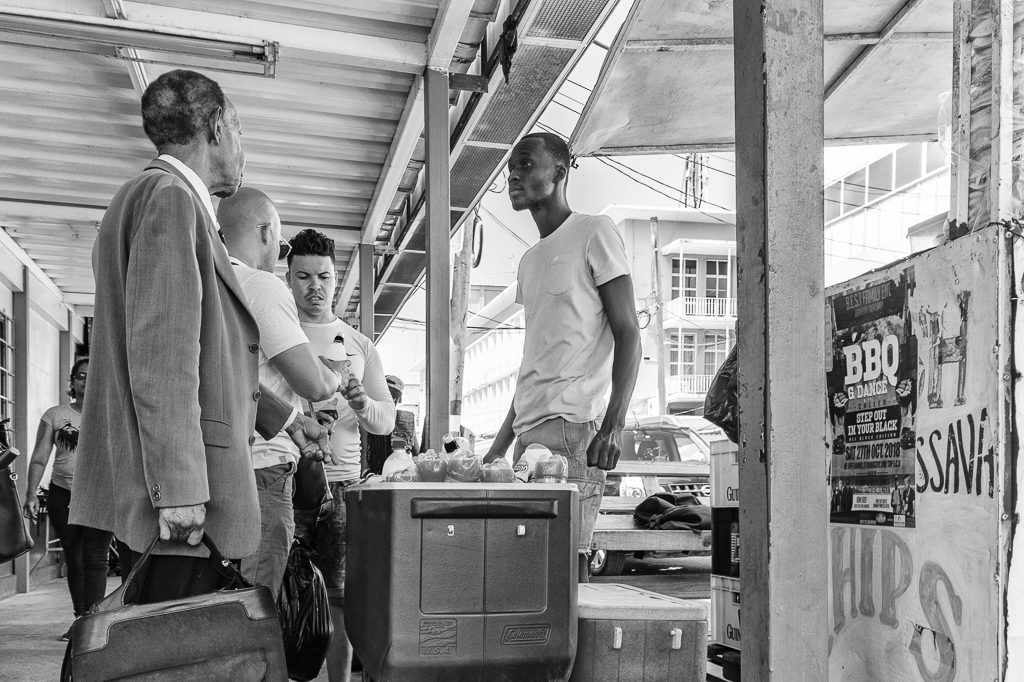
Much of this will seem familiar to you if you’ve read Erik Kim’s advice, I relied primarily on his advice with some of my own amendments.
Michael C. Lam is a Computer Graphic Artist by profession, and a Fine Art Photographer by choice. His first public exhibition was at Coastal Wanderings alongside fellow photographer Nikhil Ramkarran at the National Art Gallery (Castellani House). He was the Chief Judge at the Capture Guyana Photography Competition in 2014. His photos can be seen at his website www.TheMichaelLamCollection.com, also check his blog blog.TheMichaelLamCollection.com and he can be followed on his Facebook page https://www.facebook.com/TheMichaelLamCollection


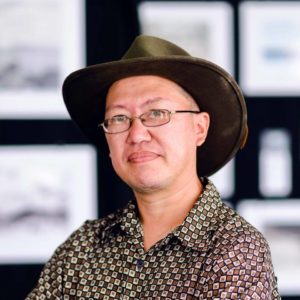
Excellent article Michael